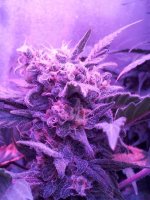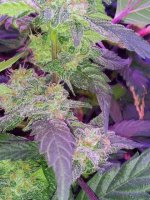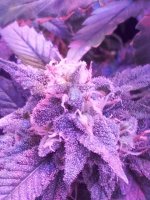Pepe le skunk
Member
So from that link this is a simple compost tea.
Simple compost tea
worm compost castings Qty( ?)
molasses (1 tsp) ?
kelp meal (1 TBSP) ?
baby oatmeal (oat flour) (1 TBSP) ?
fish hydrolysate (What is this exactly) ? How much?
alfalfa meal (Any specific brand anyone use?)
soft rock phosphate (is magneisum salfate the same) How much?
pyrophyllite (Name brand? ) How much?
water (1 gallon)
wheat bran (grocrey store brand)
sphagnum peatmoss (How much?)
Mesh bag.
Combine the dry ingredients in a mesh bag and add to a bucket of water with an air pump for 36 hrs. Add 2 cups to the (10 gallons) of feed water and apply.
If I were to brew 1 gallon in a rubber trashcan any idea on the amounts to use of each? Maybe a recipe someone has?
Thanks.
Simple compost tea
worm compost castings Qty( ?)
molasses (1 tsp) ?
kelp meal (1 TBSP) ?
baby oatmeal (oat flour) (1 TBSP) ?
fish hydrolysate (What is this exactly) ? How much?
alfalfa meal (Any specific brand anyone use?)
soft rock phosphate (is magneisum salfate the same) How much?
pyrophyllite (Name brand? ) How much?
water (1 gallon)
wheat bran (grocrey store brand)
sphagnum peatmoss (How much?)
Mesh bag.
Combine the dry ingredients in a mesh bag and add to a bucket of water with an air pump for 36 hrs. Add 2 cups to the (10 gallons) of feed water and apply.
If I were to brew 1 gallon in a rubber trashcan any idea on the amounts to use of each? Maybe a recipe someone has?
Thanks.







